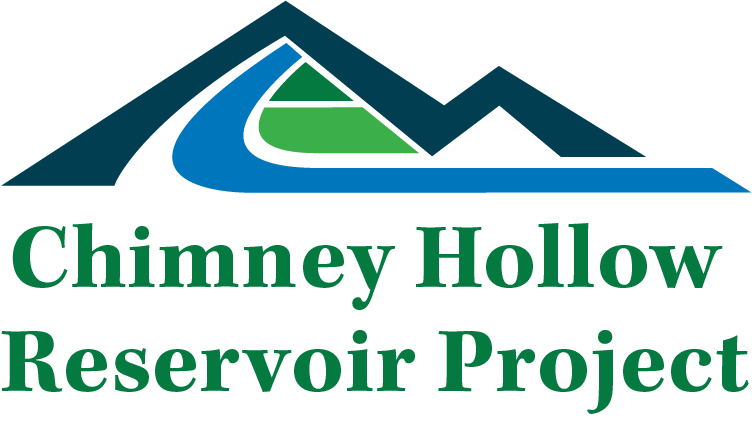Protecting the Valley
On-Site Environmental Commitments
The Chimney Hollow Reservoir Project is located within a relatively pristine valley that has geologic wonders, sensitive vegetation communities, special status species and numerous cultural resources. Responsibly constructing, operating and maintaining a large reservoir in this setting requires a robust environmental stewardship effort.
The Northern Water Municipal Subdistrict has and will continue to collaborate with environmental stakeholders and regulatory agencies, including but not limited to Larimer County, Colorado Parks and Wildlife, the U.S. Fish and Wildlife Service, the U.S. Army Corps of Engineers, the U.S. Bureau of Reclamation, the Colorado Department of Public Health & Environment, the U.S. Environmental Protection Agency, the State Historic Preservation Office and Tribal Nations to protect, conserve and enhance the Chimney Hollow valley for current and future generations.
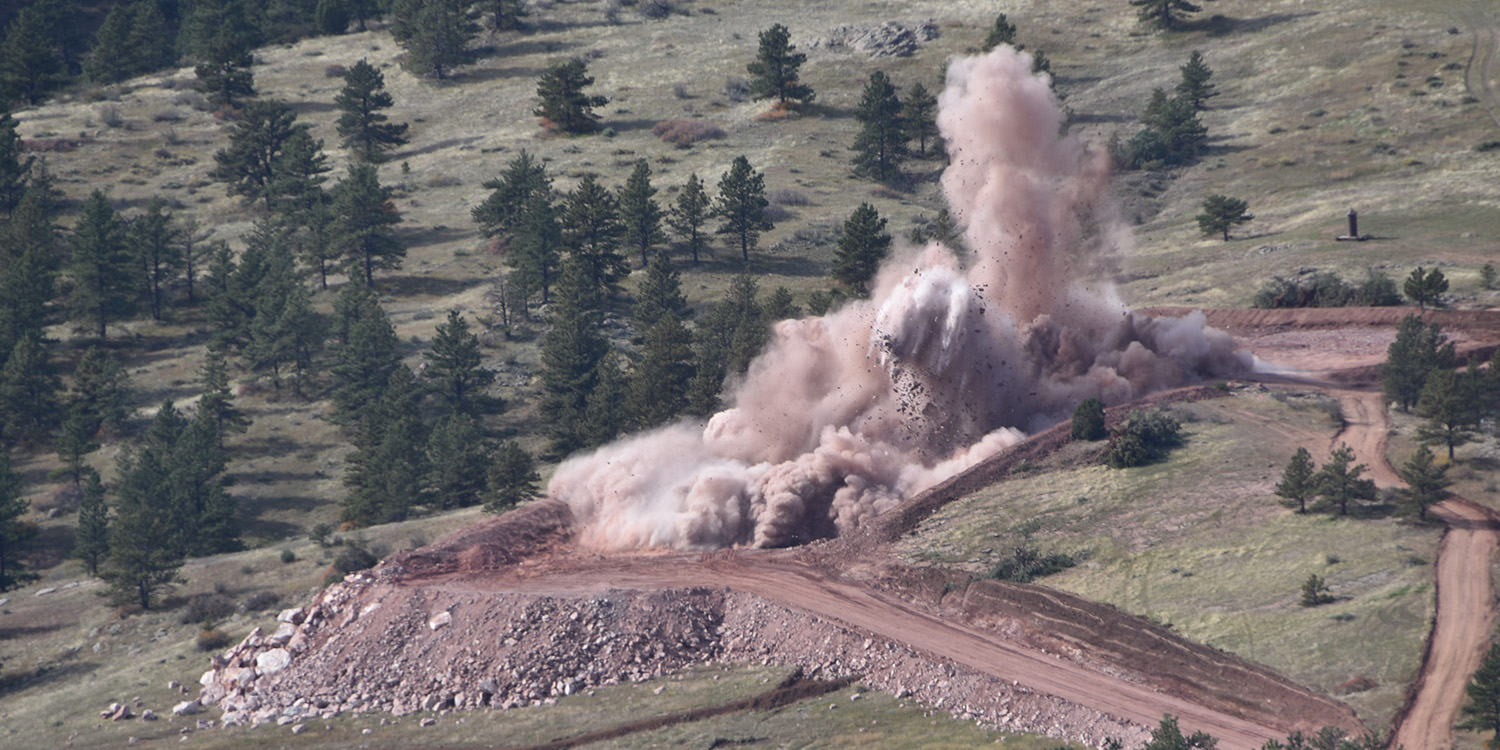
Noise Monitoring and Mitigation
To minimize impact to the public and wildlife, noise monitoring stations run continuously. Additional acoustic mitigation is used when noise is nearing or exceeding the noise ordinance, such as during blasts or loud construction activities. Barnard Construction continues to monitor ongoing noise throughout the site. Neighbors are alerted to changes on-site.
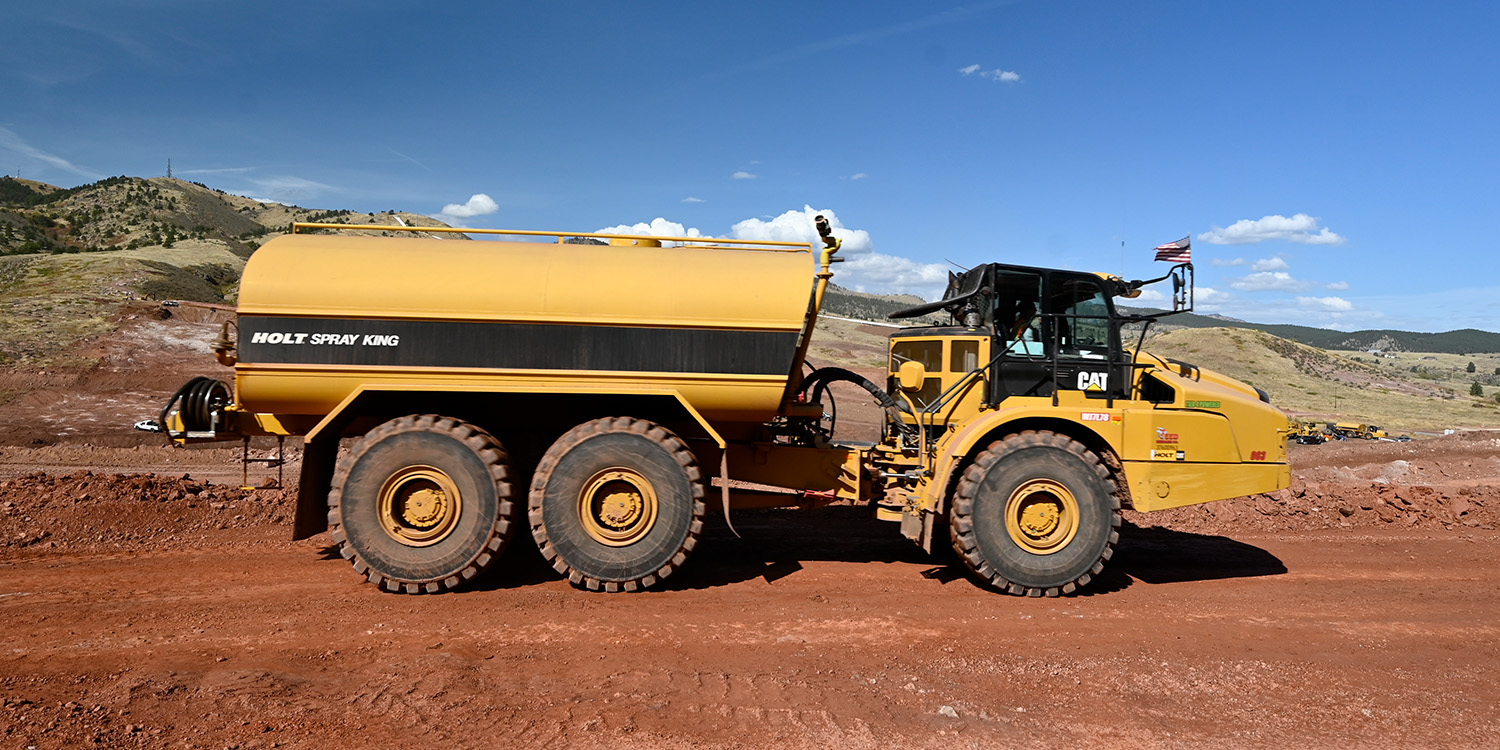
Air Quality
With six air permits from the State of Colorado, the project has multiple emission controls and procedures in place to mitigate air pollution. Roads are evaluated and water trucks spray water on the roads to keep dust at a minimum. Crushing plants are outfitted with sprayers. All equipment meets EPA Tier 4 emission standards, which is the highest available rating.

Raptor and Migratory Bird Protection
High on the cliffs east of the reservoir, a pair of golden eagles have created a nest. Composed of hundreds of sticks and other materials found within the valley, the nest is at least 6 feet wide. While the eagle family is nesting, a buffer zone of one-half mile around the nest is required. Regular surveys are done to identify and protect other raptors and migratory birds.
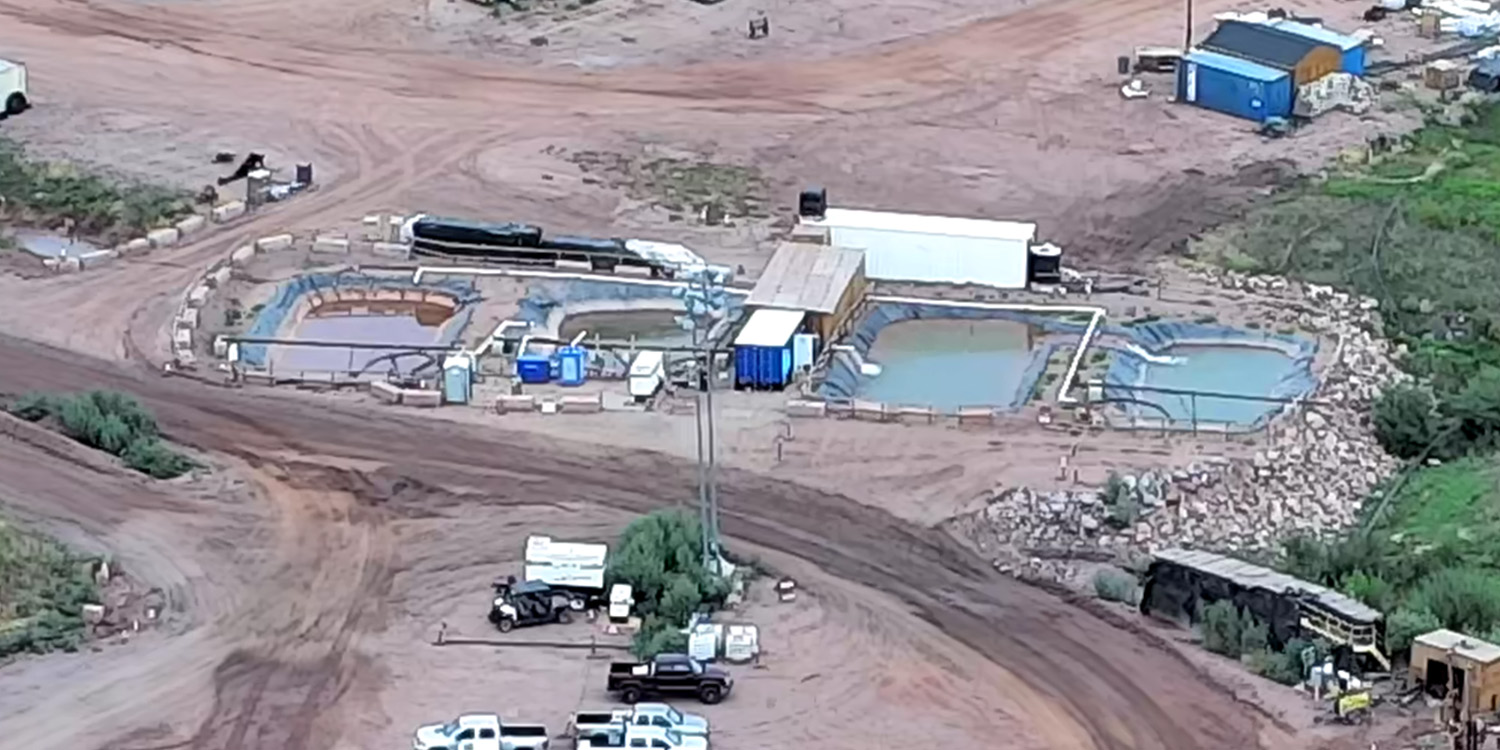
Erosion and Sediment Control
A stormwater quality program has been established for the project to minimize erosion and prevent dirty, sediment laden water from leaving the site. Weekly inspections take place to verify that stormwater controls are in place and effective. An on-site water treatment plant operates to discharge only clean water.
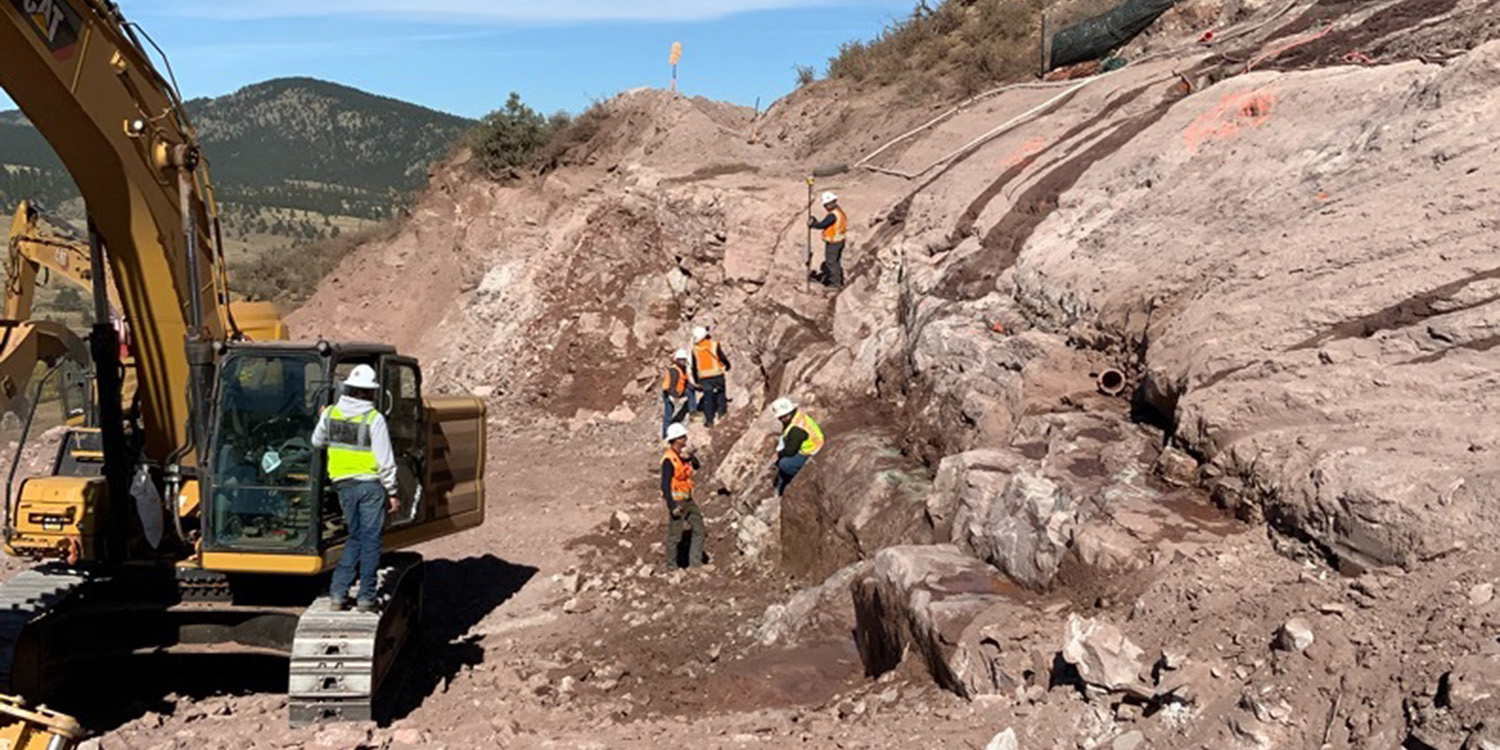
Paleontological and Archeological Monitoring and Recovery
During the geotechnical investigation phase of the project in 2017, partial skeletons of an adult and juvenile mammoth were uncovered. An on-site paleontologist and archeologist monitor excavation activities within geologic formations known to contain fossils and artifacts.

Wetland and Stream Restoration
To help mitigate project impacts, following the 2013 floods, multiple stream restoration projects were executed to enhance areas of the Little and Big Thompson Rivers. In each of the locations, natural channels were restored, trees were planted and weeds cleared. Annual maintenance ensures these areas continue to improve.
